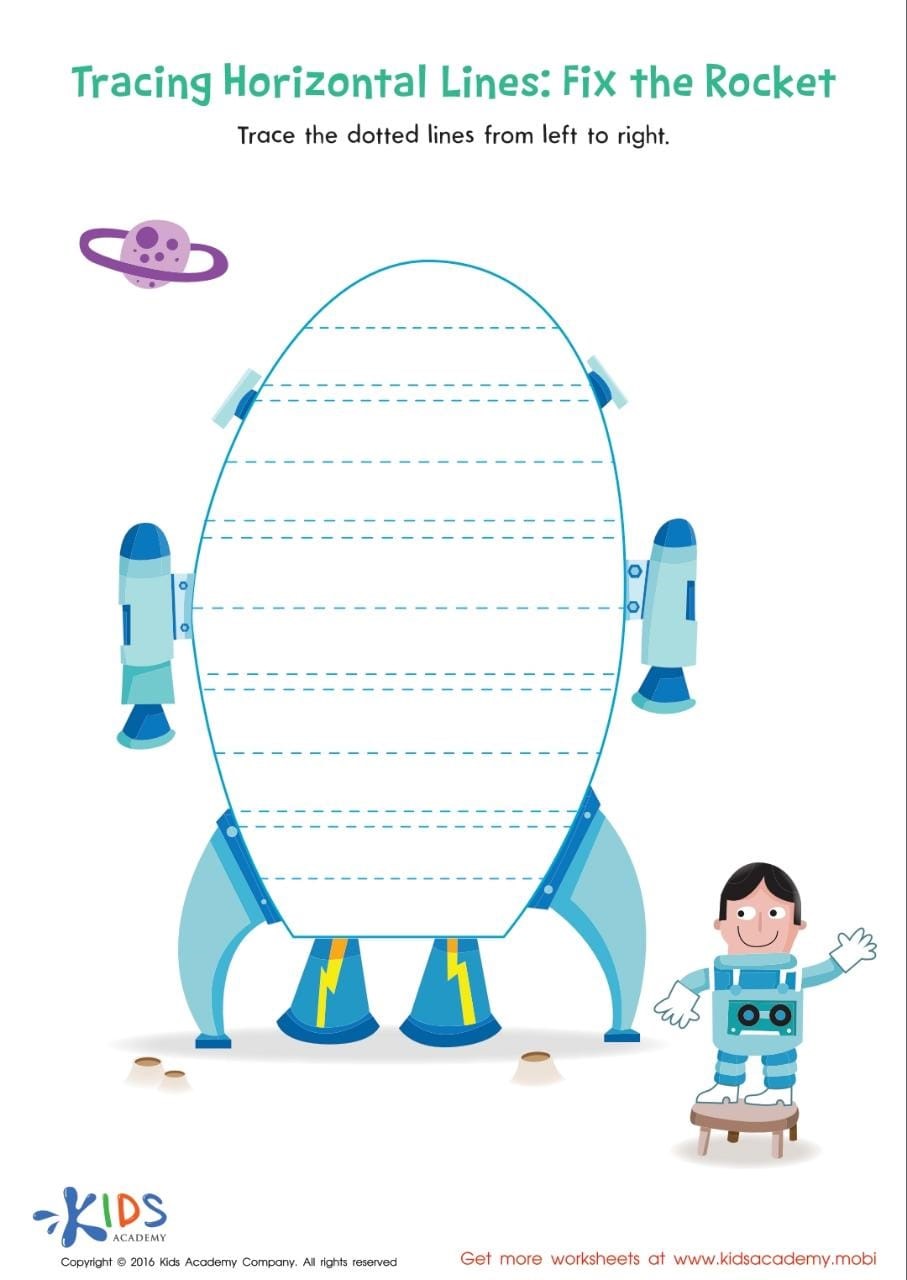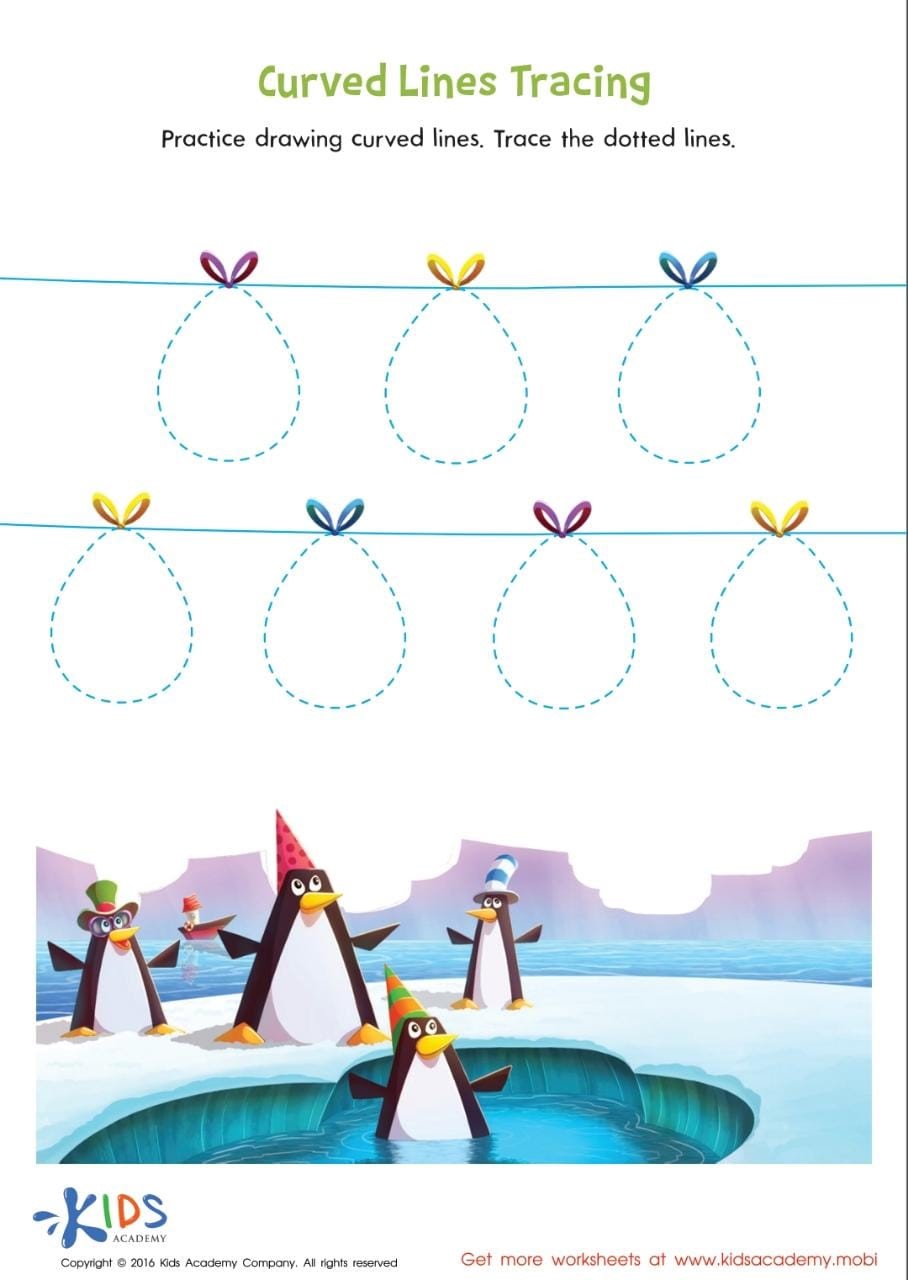-
English
-
English Pre-K
-
Unit 1: Early Literacy Skills
-
ABCs
- Pre-writing Activities
- Letter A
- Letter B
- Letter C
- Letter D
- Letter E
- Letter F
- Letter G
- Letter H
- Letter I
- Letter J
- Letter K
- Letter L
- Letter M
- Letter N
- Letter O
- Letter P
- Letter Q
- Letter R
- Letter S
- Letter T
- Letter U
- Letter V
- Letter W
- Letter X
- Letter Y
- Letter Z
-
Phonological Awareness
- Rhyming Words
- Letter Sounds B, C, D, and F
- Letter Sounds G, H, J, and K
- Letter Sounds L, M, N, and P
- Letter Sounds Q, R, S, and T
- Letter Sounds V, W, X, Y, and Z
- Letter Sounds A, E, and I
- Letter Sounds O and U
- Beginning Sounds
- Matching Letters to Sounds
-
ABCs
-
Unit 2: Vocabulary
-
Common Words
- Sorting Words into Categories
- Color Words
- Verbs and Adjectives
-
Sight Words
- Sight Words 'I' and 'Can'
- Sight Words 'You' and 'Like'
-
Common Words
-
Unit 3: Print Awareness
-
Parts of a Book
- Working with a Book
- Spaces Between Words
- Text and Illustrations
-
Picture Books and Poems
- Picture Book Text Features
- Poem Text Features
- Signs and Labels in the Community
-
Parts of a Book
-
Unit 4: Reading Literature
- Questions About Stories
- Discussing Stories
-
Unit 5: Reading Informational Texts
- Retelling Details in a Text
- Questions About a Text
- Connections Between Events
- Text Features
- Describing Illustrations
-
Unit 1: Early Literacy Skills
-
English Pre-K
-
Math
-
Math for Pre-Kindergarten
-
Logic and Geometry
-
Matching and Sorting
- Same and Different
- Which One Is a Little Different?
- Objects That Go Together
- Sorting by Color and Size
- Sorting The Same Group in Different Ways
- Patterns
-
Shapes
- Shapes in Our Environment
- Naming Shapes Regardless of Size
- Making Shapes in Preschool
- Comparing Shapes
- Relative Positions
- Sorting Shapes
-
Matching and Sorting
-
Early Number Sense
-
Numbers 1–5
- Counting to 3
- Counting to 5
- Arranging Objects up to 3 Objects
- Arranging up to 5 Objects
- Writing Numbers 1–5
-
Numbers 1–5
-
Numbers up to 10
- Counting to 10
- Arranging up to 10 Objects
- Number 0
- Writing Numbers 6–10
- Breaking Down Numbers 6-10
-
Logic and Geometry
-
Math for Pre-Kindergarten
Early Literacy Skills
As your child embarks on their pre-kindergarten journey, they are expected to reach certain milestones along the way. You might be excited for them to read and write as soon as possible, but your job now is to pave the way for them to be able to discover language and develop it at their own pace. Nevertheless, there are several ways in which you as a parent can aid in the development of later reading and writing skills through reinforcing early literacy skills. Essentially, early literacy skills act as building blocks for those later, more advanced skills. In this article, we will explore what early literacy skills are and what are some of the best ways to help your child achieve them.
Early Literacy is learning about language through letters, their shapes, and sounds. Before a child can read a word, they have to be acquainted with what sound each letter represents and vice versa. In order to relate letters to sounds, it is beneficial that the child already has the required auditory and visual discrimination skills. For example, the shape of the letters ‘b’ and ‘d’ could be easily confused or thought to be the same letter to a child with no visual awareness. As for the similarity between the two sounds /b/ and /p/, it requires that the child have auditory discrimination skills to be able to differentiate between them. At this stage, phonological awareness also starts developing, that is ‘the ability to recognize and work with sounds in spoken language’. At pre-k level, phonological awareness includes the ability to recognize:
- Syllables; com-put-er, Eng-lish
- Rhymes; hook/book, cat/bat
- Starting and ending sounds in words; kit/crab, brain/grown
- Sounds within words; box
Alongside the listening and speaking aspect of early literacy, the child also practices some pre-writing skills, such as the ability to scribble shapes that resemble letters. But how can you make this happen without pressuring the child to read and write?
Tips and Tricks
- The first and most important thing you can do with your child to promote early literacy is reading to them. The beauty of reading to your child is that it knows no age. According to Green Child magazine, reading to your child while they’re still in the womb can have a positive effect on their early literacy skills.
- Regularly engaging in meaningful conversation is a great way to help your child practice their communication skills, especially their listening and speaking skills, which are fundamental for phonological awareness.
- Practice phonological awareness: sing nursery rhymes together, clap to divide syllables, or check out phonological awareness lessons on Kids Academy.
- Play around with lines and curves. You can simply hand your child a chalk and let them scribble, or you can make use of these Kids Academy worksheets on lines and curves


To read other articles on the pre-k English Language Arts curriculum, check out this catalogue.